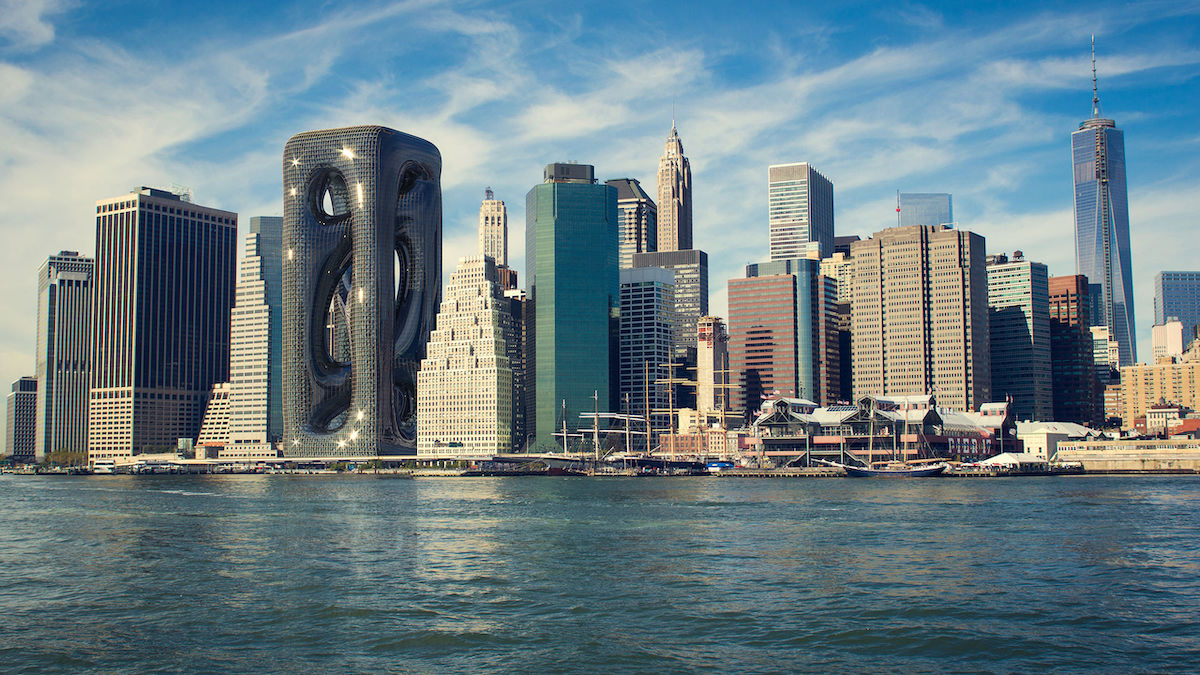In the quest for sustainable and energy-efficient building solutions, vacuum double glazing have emerged as a groundbreaking innovation. Combining advanced technology with practical benefits, vacuum windows offer superior thermal insulation, noise reduction, and long-term energy savings. This article explores the science behind vacuum windows, their advantages, and their potential impact on modern architecture and energy consumption.
What Are Vacuum Windows?
Vacuum windows, also known as evacuated glazing, consist of two or more glass panes separated by a small vacuum gap. The vacuum acts as an insulating barrier, significantly reducing heat transfer between the interior and exterior of a building. Traditional double-glazed windows use air or inert gases like argon to fill the space between panes, but vacuum windows eliminate these gases, creating a near-perfect insulator.
The Science Behind Vacuum Windows
The effectiveness of vacuum windows lies in the properties of a vacuum. A vacuum is a space devoid of matter, including air molecules. Without air or gas molecules to conduct heat, the primary modes of heat transfer—conduction and convection—are minimized. This results in exceptional thermal insulation, with vacuum windows often achieving U-values (a measure of thermal transmittance) significantly lower than those of standard double or triple glazing.
Key Advantages of Vacuum Windows
- Superior Thermal Insulation:
- Vacuum windows provide exceptional thermal insulation, reducing heat loss in winter and heat gain in summer. This leads to lower energy consumption for heating and cooling, ultimately decreasing utility bills and carbon footprints.
- Enhanced Noise Reduction:
- The vacuum gap not only insulates against thermal transfer but also acts as a sound barrier. Vacuum windows can significantly reduce external noise, creating quieter and more comfortable indoor environments.
- Slimmer Profile:
- Despite their superior insulation properties, vacuum windows can be made thinner than traditional double or triple glazing. This slim profile allows for more design flexibility and can be particularly beneficial in retrofitting older buildings where thicker windows might not be feasible.
- Longevity and Durability:
- Vacuum windows are less prone to issues like condensation and fogging, which can affect traditional windows over time. The absence of gas fillings also means that there is no risk of gas leakage, ensuring consistent performance throughout the window’s lifespan.
Applications in Modern Architecture
Vacuum windows are finding applications in various sectors, from residential buildings to commercial and industrial properties. Their superior insulation properties make them ideal for high-performance buildings, including passive houses and zero-energy buildings. Additionally, vacuum windows are being used in heritage building restoration, where maintaining the aesthetic integrity of original windows is crucial while upgrading to modern energy standards.
Challenges and Considerations
While vacuum windows offer numerous benefits, there are challenges to their widespread adoption. The manufacturing process is more complex and costly compared to traditional windows, leading to higher initial investment. However, the long-term energy savings and durability can offset these costs over time. Ongoing research and development are focused on making vacuum windows more affordable and accessible to a broader market.
The Future of Vacuum Windows
As the demand for energy-efficient and sustainable building solutions continues to grow, vacuum windows are poised to play a significant role in the future of architecture. Advances in materials science and manufacturing techniques are expected to further improve the performance and affordability of vacuum windows. Governments and industry leaders are also recognizing the potential of vacuum windows in meeting stringent energy regulations and sustainability goals.
Conclusion
Vacuum windows represent a significant leap forward in window technology, offering unparalleled thermal insulation, noise reduction, and long-term energy savings. As the construction industry moves towards more sustainable and energy-efficient building practices, vacuum windows are set to become a key component in the design and retrofitting of modern structures. With ongoing advancements and increasing market adoption, vacuum windows hold the promise of transforming the way we think about building envelopes and energy efficiency.
References
- Institute for Building Efficiency. (2023). “Vacuum Glazing: The Future of Energy-Efficient Windows.”
- Energy and Buildings Journal. (2022). “Thermal Performance of Vacuum Insulated Windows.”
- Architectural Digest. (2023). “Innovations in Sustainable Building Design: The Rise of Vacuum Windows.”

